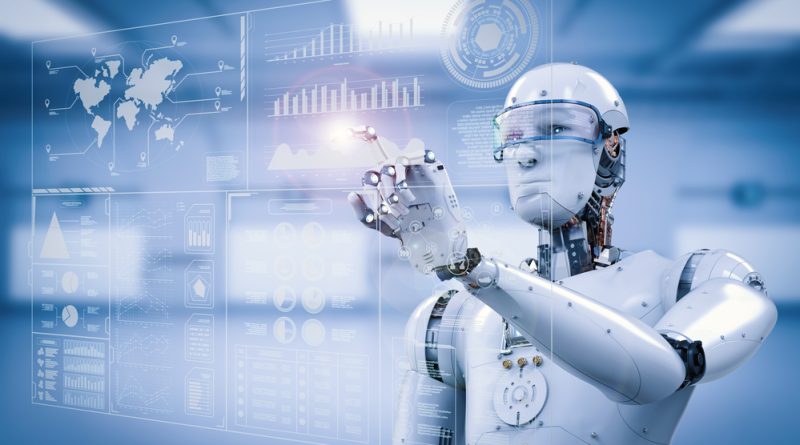Humanoid Robots Revolutionise the Workforce: A Glimpse into the Future
In an era where technological advancements are reshaping every aspect of life, the rise of humanoid robots equipped with artificial intelligence (AI) marks a significant leap towards the future of work. A recent study by SkyQuest Technology Research highlights the burgeoning humanoid robot market, which soared to a valuation of USD $1.48 billion in 2021. This figure is expected to skyrocket to USD $34.96 billion by 2030, evidencing a remarkable compound annual growth rate (CAGR) of 42.1% from 2023 to 2030.
The driving force behind this explosive growth lies in the aging global population and the resultant surge in demand for humanoid robots across personal assistance, caregiving, education, and medical sectors. However, a new trend is emerging, with the manufacturing, transportation, and logistics sectors increasingly incorporating humanoid robots to enhance efficiency and tackle labor shortages.
A notable development in this arena is the partnership between Apptronik, a frontrunner in next-generation humanoid robots, and Mercedes-Benz. The collaboration focuses on deploying Apollo humanoid robots in Mercedes-Benz factories to assist in logistics and production. By transporting assembly kits and inspecting components, Apollo aims to alleviate the burden of repetitive and physically demanding tasks, addressing the challenge of finding reliable workers for such roles.
Jörg Burzer, a key figure at Mercedes-Benz, emphasizes the potential of robotics and AI to revolutionize automotive production, enhancing the company’s ability to manufacture the most desirable cars by supplementing its skilled workforce with robotic assistance. This initiative underscores a broader industry movement towards adopting humanoid robots, not just to fill labor gaps but also to enable human workers to focus on more complex and creative tasks.
The automotive industry’s engagement with humanoid robots isn’t limited to Mercedes-Benz. Giants like Honda, Hyundai, and Tesla are exploring the use of humanoid robots to perform repetitive and hazardous tasks on assembly lines. Tesla’s Optimus Gen 2 and BMW’s announcement to deploy Figure humanoid robots in their Spartanburg facility further exemplify the industry’s commitment to integrating human-like robots into manufacturing processes.
As we stand on the brink of a world where humans and machines collaborate across all sectors, questions about the future of employment and the ethical implications of AI and robotics in the workforce come to the forefront. Initiatives like Bernie Sanders’ proposed thirty-two-hour work bill acknowledge the transformative impact of these technologies on jobs, especially in manufacturing.
The path forward is complex, requiring a delicate balance between leveraging the efficiencies offered by humanoid robots and ensuring that the workforce adapts to these changes in a manner that is ethical and beneficial for all. As we venture into this new reality, the vision of a future where humanoid robots are an integral part of our daily lives and industries becomes increasingly tangible, promising a revolution in how work is performed and what it means to be employed in the 21st century.

